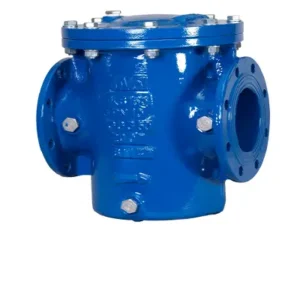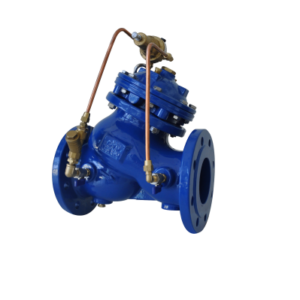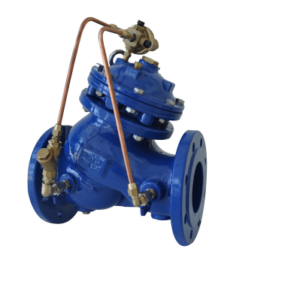- +9714 421 8369
- +971 50 379 6862
- sales@deltapower.ae
Y Type
Y Type Strainers are installed to protect system appliances, such as: pumps, flowmeters, control valves or regulating devices.
The main function is to remove foreign matter like leaves, sticks or stones from the pipelines. Foreign particles that can harm crucial appliances in the system are stuck in the filter of the strainer, and the user can check the blockage of the filter by using monometer connections.
In case of a situation where the differential pressure reading is high, the blow-off port is used to remove entrapped debris at the bottom of the body.
Y Type Strainers feature large trap capacity, low head loss and ease of both cleaning and handling..
Description
Nominal Size
DN40-DN700
Nominal Pressure
PN10-40
Face to face
–
EN558-1 Series 1
(DIN 3202 F1)
Body Material Options
Ductile Iron
Carbon Steel
Stainless Steel
Nickel Aluminum Bronze
Accessories
Manometer Connections
Different Mesh
Flange Standards
EN 1092/2
BS 4504
BS10E
ANSI









Reviews
There are no reviews yet.